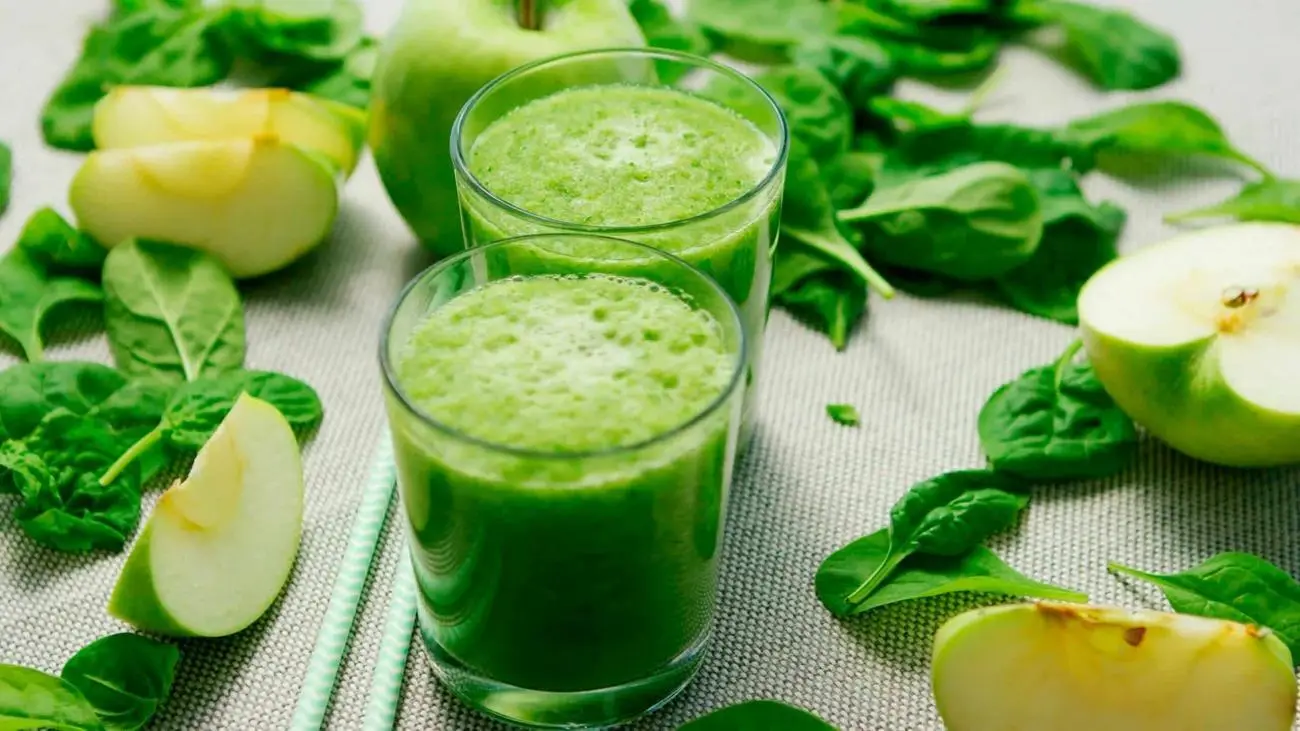Essential Considerations for Successful Microgreen Cultivation in Cold Weather

Introduction
While growing microgreens is relatively straightforward, cold weather poses unique challenges that must be addressed to ensure a successful harvest. This article will explore crucial considerations for cultivating microgreens in colder climates, including temperature control, lighting, seed selection, growing media, and pest management. By understanding these factors and implementing appropriate strategies, growers can enjoy a bountiful yield of microgreens year-round, even in chilly weather conditions.
Temperature Control
Cold temperatures can significantly impact microgreen growth and germination rates. Maintaining an optimal temperature range is crucial to ensure successful cultivation. Consider the following aspects:
- Ambient temperature: Ideally, microgreens thrive in temperatures between 60-75°F (15-24°C). Use space heaters, heat mats, or small greenhouses to create a controlled environment.
- Soil temperature: Cold soil can hinder germination. Pre-warming the soil or using germination mats can help maintain optimal soil temperature.
- Air circulation: Adequate ventilation prevents excessive humidity and condensation, reducing the risk of disease development.
Lighting
Insufficient natural light during colder months can affect microgreen growth and cause elongation or legginess. Address this by focusing on:
- Natural light: Position trays near windows that receive ample sunlight. Consider using reflectors to maximize light exposure.
- Artificial light: Supplement natural light with full-spectrum LED grow lights. Ensure the light intensity, duration, and distance are appropriate for the specific microgreen variety.
Seed Selection
Choosing the right seeds is vital for successful cold-weather microgreen cultivation. Consider the following factors:
- Varieties: Opt for cold-tolerant microgreens such as kale, spinach, radish, or pea shoots. They can withstand lower temperatures and still thrive.
- Germination rates: Select seeds known for their high germination rates, as cold conditions may slow down the germination process.
- Organic and untreated seeds: Using organic and untreated seeds ensures a healthy and pesticide-free crop.
Growing Media
The choice of growing media plays a crucial role in microgreen cultivation, especially in colder weather. Consider the following options:
- Soil-based media: Use a high-quality potting mix or a blend of soil and compost. These media retain moisture and provide adequate nutrients for healthy growth.
- Soilless media: Options like coconut coir, vermiculite, or peat moss offer excellent drainage and aeration, reducing the risk of overwatering and damping-off.
Pest Management
Cold weather does not eliminate the risk of pests; some may seek refuge indoors. Adopt proactive measures to prevent pest infestations:
- Sanitation: Maintain a clean growing environment by removing debris, dead plants, and decaying matter that can attract pests.
- Monitoring: Regularly inspect plants for signs of pest damage or infestation. Early detection is key to minimizing the impact.
- Biological controls: Introduce beneficial insects like ladybugs or predatory mites to naturally control pests. Neem oil or insecticidal soaps can be used as organic sprays for pest control.
Conclusion
Cultivating microgreens in cold weather requires careful attention to various factors, including temperature control, lighting, seed selection, growing media, and pest management. By implementing appropriate strategies, growers can overcome the challenges posed by lower temperatures and ensure a successful harvest. Maintaining an optimal temperature range, providing adequate lighting, selecting cold-tolerant varieties, choosing suitable growing media, and implementing effective pest management techniques are all essential considerations. Remember to adapt these guidelines to your specific climate and microgreen varieties. With proper planning and attention to detail, growing microgreens in cold weather can be a rewarding and fruitful experience, providing fresh and nutritious greens throughout the year.













